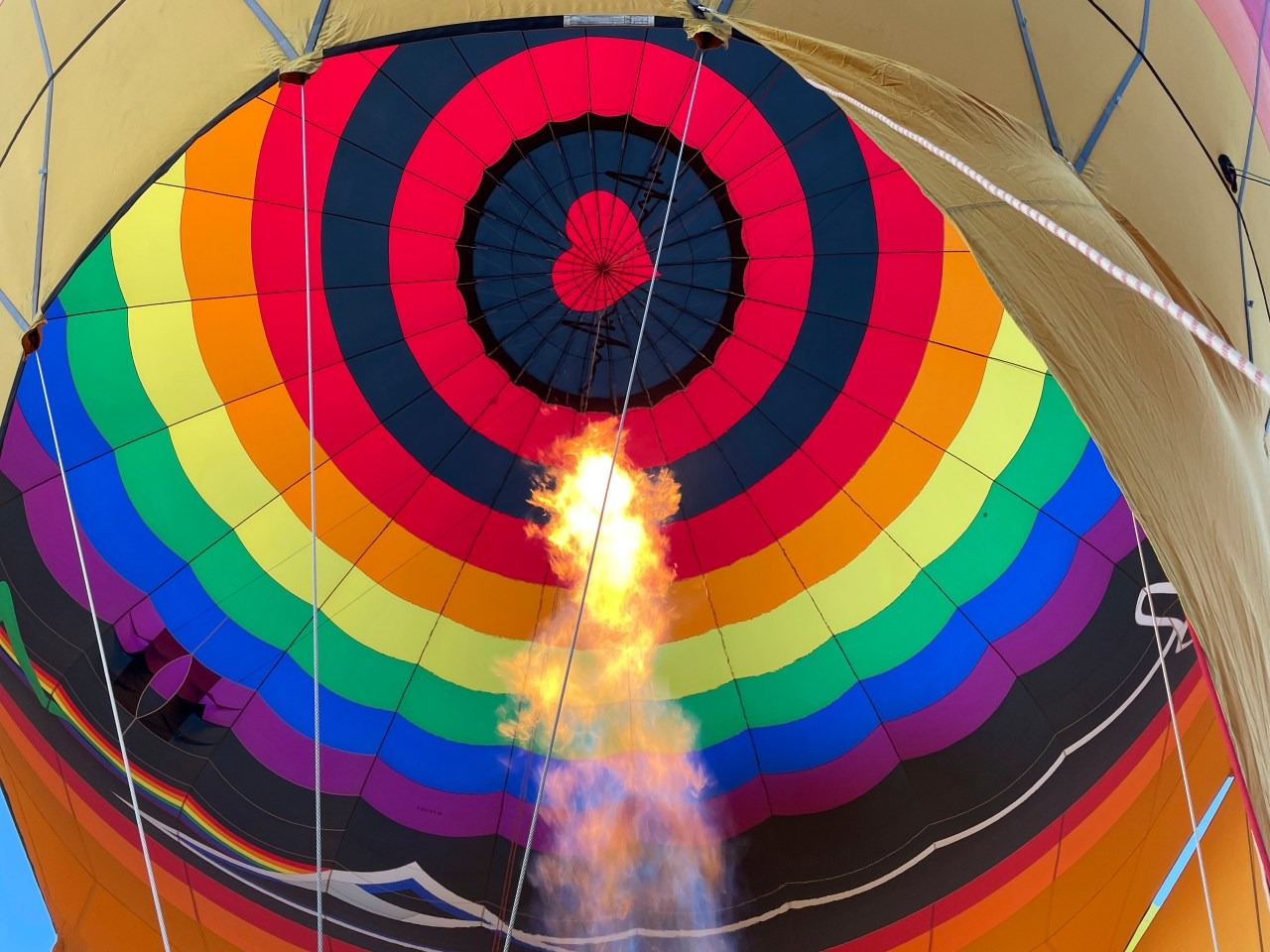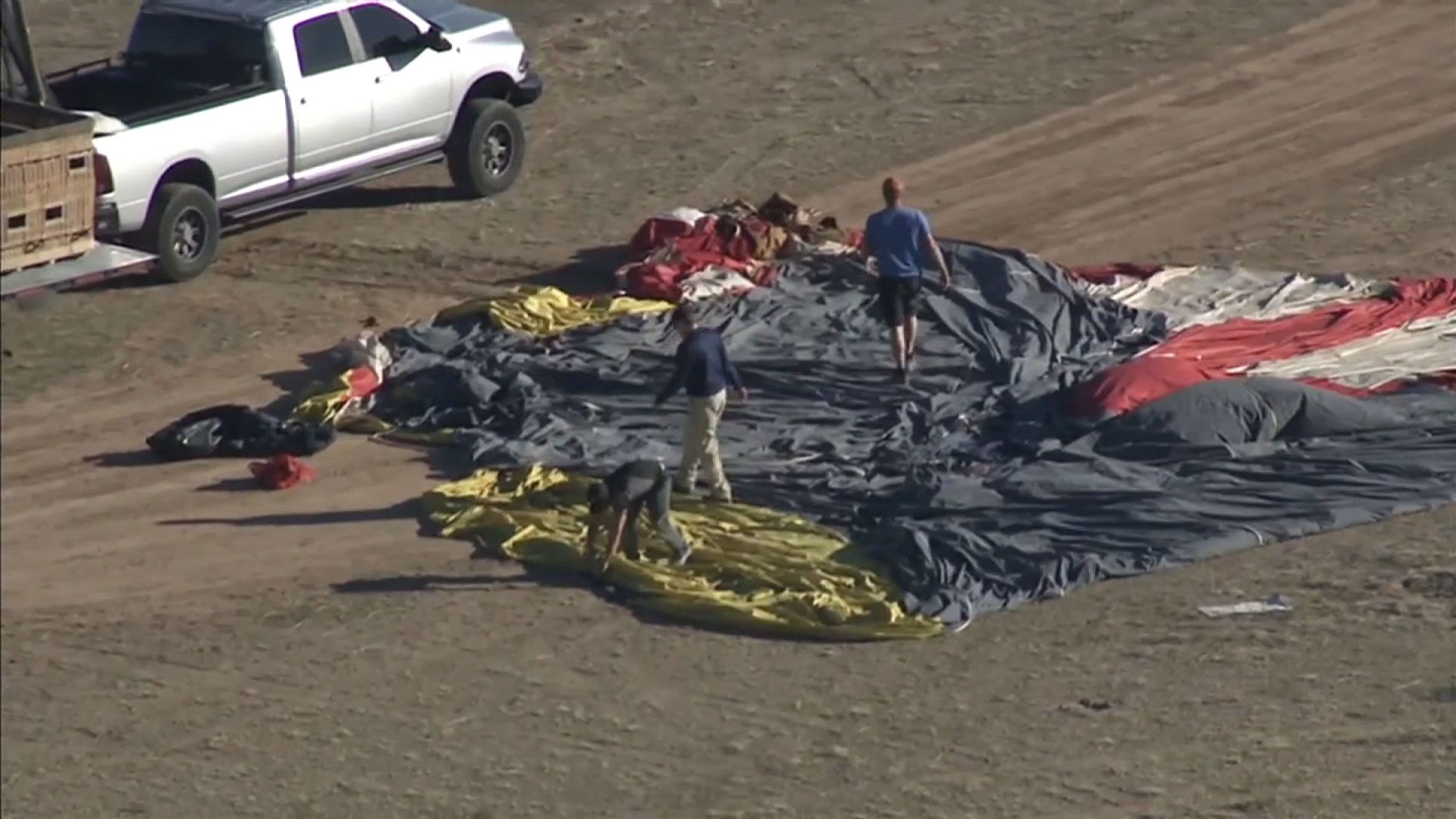Authorities investigating the fatal hot air balloon crash in Arizona are now exploring the potential involvement of drugs following the release of an amended autopsy report on Friday. The report disclosed that an anesthetic was administered to the pilot by an air ambulance company while en route to a hospital.
Initially, toxicology tests indicated a high level of ketamine in the blood of pilot Cornelius van der Walt and did not specify its origin or timing. However, the amended report clarified that the ketamine was administered by the company transporting Van der Walt to the hospital.

The hot air balloon, operated by Droplyne Hot Air Balloon Rides, tragically plummeted approximately 2,000 feet to the desert floor south of Phoenix near Eloy, resulting in the deaths of Van der Walt and three passengers.
While the exact cause of the crash remains unknown, investigators have noted damage near the top of the balloon’s envelope and fraying of the sewn rim tape material, along with damage to several of the balloon’s panels. The envelope, responsible for containing the hot air, was compromised during the incident.
Although ketamine is increasingly used in medical settings for various conditions, there was no known prescription issued to van der Walt. The report cited potential adverse effects of ketamine, including impairment and various physical symptoms.

Thirteen individuals were aboard the balloon at the time of the crash, with eight being skydivers who exited the gondola before impact. The crash claimed the lives of van der Walt, Kaitlynn “Katie” Bartrom, Chayton Wiescholek, and Atahan Kiliccote, while another woman sustained critical injuries.
Following the incident, Droplyne Hot Air Balloon Rides, which previously boasted a perfect safety record, suspended operations at its two sites in Eloy and Utah.
